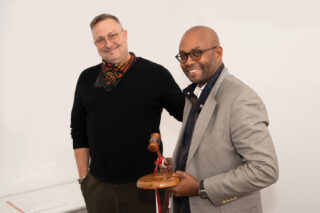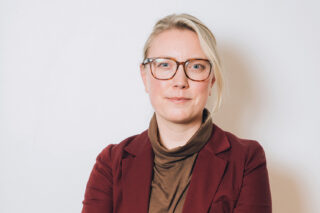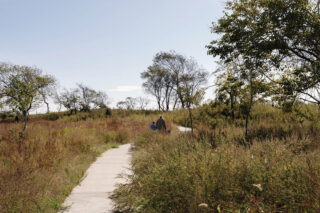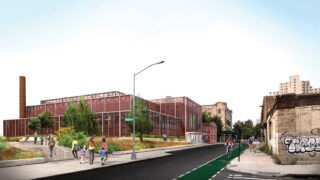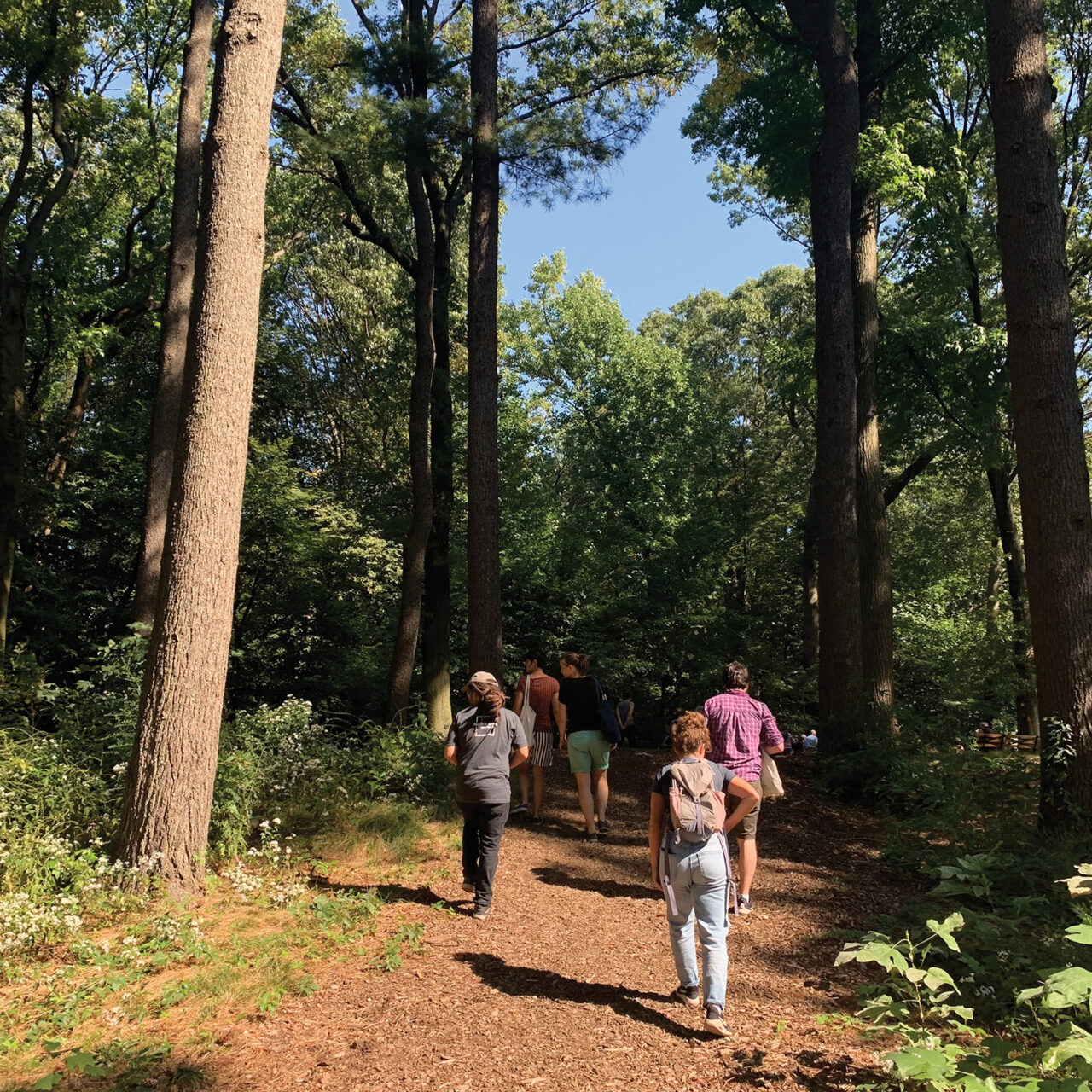
New York City has roughly one tree for every resident. That’s a good thing, because trees are necessities, given the reality of catastrophic climate change and the simple delights that make urban life livable. Put simply, “The urban forest cannot survive without people, and people cannot survive without the urban forest,” says Tami Lin-Moges, interim director of the Cities Program in New York at The Nature Conservancy, the international environmental non-profit. The conservancy helped assemble a coalition of 130 public and private sector groups to advocate for increasing the city’s tree canopy from 22% to 30% coverage by 2035, under the banner of the Forest for All initiative, and established a dedicated budget and steady funding of urban forestry at the NYC Department of Parks & Recreation. The city has signed on to the 30% goal—without acceding to the coalition’s deadline—but, per the legislation, will be required to create a comprehensive urban forest plan. (For more on the subject, see “Forests for All: A New Initiative Aims to Create a More Equitable Urban Canopy,” Oculus, “Street Level,” Winter 2022.)
This effort will set the bar for how landscape architects and their collaborators expand the reach of limbs and roots across the city. Indeed, the benefits of trees are too good to hoard. Among the ecosystem services trees provide, there’s cooling via shade and evapotranspiration, the process by which water is transferred to the atmosphere by evaporation from the soil and plants. Trees filter and clean the air and soil, and manage erosion by mitigating flooding. Beyond sequestering carbon, trees offer biophilic benefits, improving mental and physical health. And if people like them, their dollars will follow; trees have also been connected to higher real estate values. All told, New York City’s 7 million trees across 138 species generate ecosystem services estimated at $260 million.
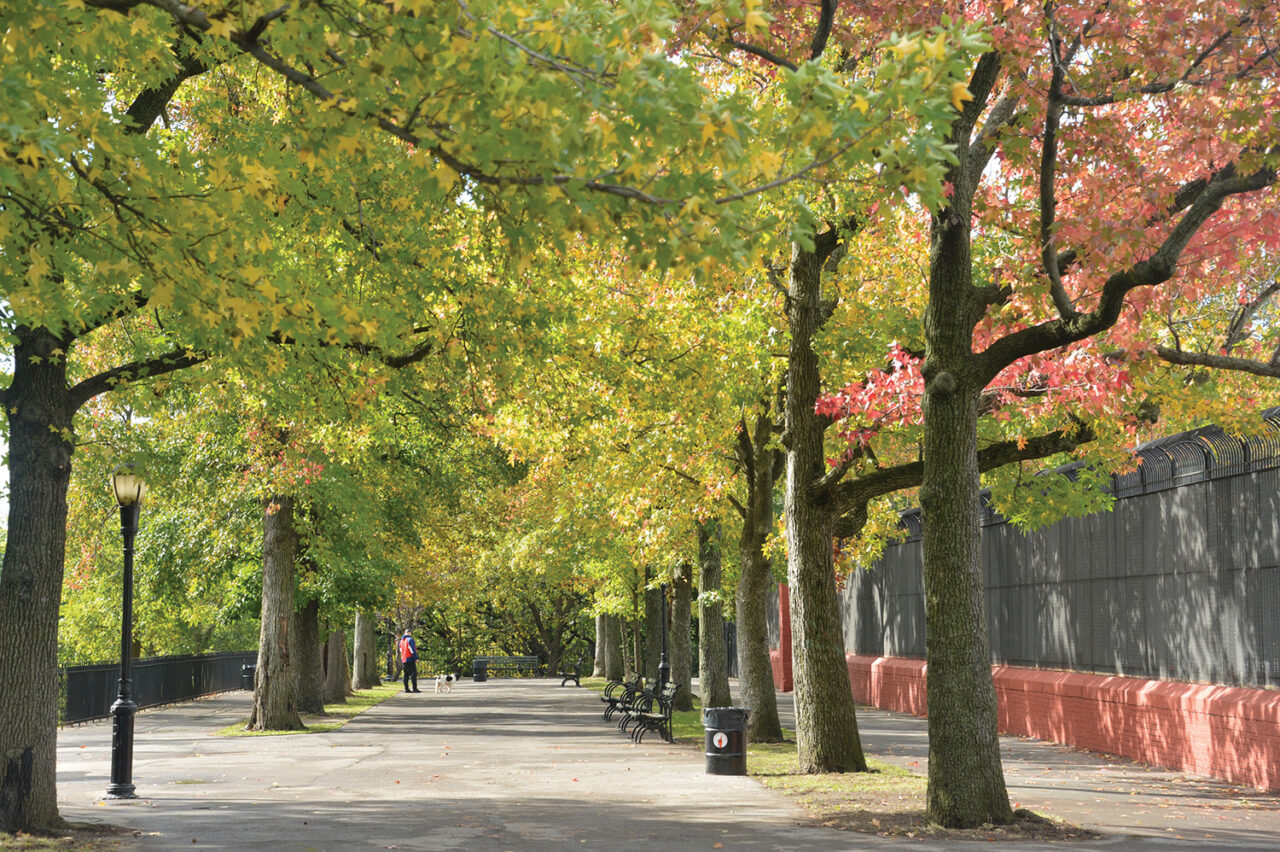
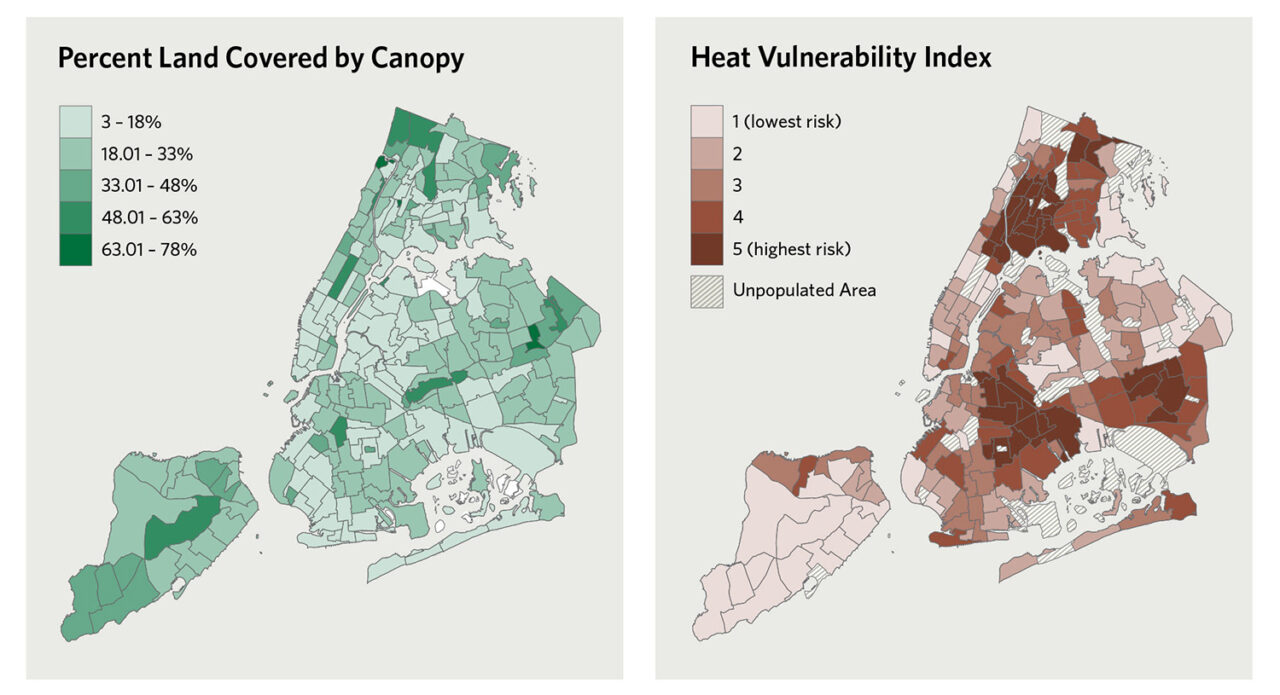
Cities can be inhospitable places for trees, however, facing challenges like pollution, soil compaction, insufficient space, and a lack of maintenance to help them flourish in urban contexts. Climate change is adding new stresses to trees as well, as saltwater inundation from coastal flooding and increasing temperatures take their toll. Extreme weather events, like Superstorm Sandy, which uprooted 20,000 street trees, are an intensifying threat.
While 54% of the city’s canopy is on land managed by NYC Parks, more than 30% is on private property, where the priorities of private-sector clients such as developers may not be focused on the vital role the urban canopy plays. In complex urban projects with layers of subterranean infrastructure (like Hudson Yards), densely-planted landscapes may require structural soil mixes with a greater proportion of aggregate placed in subdivided beds that can both nourish trees and support surrounding infrastructure. But this comes at a premium. “When projects get value engineered, that’s often one of the first things to go,” says Laura Starr, FASLA, founding partner of Starr Whitehouse Landscape Architects and Planners. Lee Altman, AIA, director of design management at SCAPE, says she’s never come across a developer who’s uninterested in trees, but “the challenge is everything else that’s needed to support successful tree growth,” she says. That means adjusting projects—and budgets—for treesavvy soil volumes, space constraints, and natural light exposure.


To maximize ecosystem services and minimize environmental hazards, designers have to perform a complicated balancing act abetted and hindered by city life. “Human interaction is an added stress, but also an added opportunity,” says Kirk Gordon, associate at SCAPE. With maintenance regimens impossible in remote areas, the city can become “more of an arboretum,” he says. This level of species diversity is a boon to ecosystem resilience and sustainability, and trees’ ability to work as a baseline support for urban biodiversity is boosted when they supply nectar, nuts, and fruit. But these features, perceived as messy in an urban context, can make such trees undesirable. “We can’t just go with what’s going to be easier to sweep up after the fall,” says Wendy Andringa of Assemblage Landscape Architecture, another member of the Forest for All NYC coalition.
Meanwhile, climate change on its own is bringing new species to New York City. Recent updates to U.S. Department of Agriculture hardiness zones reflect a northward march for southerly species, with trees native to Virginia and North Carolina, such as bald cypress and willow oak, making New York City their home. But this shift in growing zones isn’t attuned to urban heat island, says Gordon. Quite literally, he says, “cities can be incubators,” places where landscape architects can experiment and push out ahead of the warming climate frontier. This climate change migration is warping notions of what are considered “native” plantings (favored for their climate attunement and low-maintenance needs), separating the idea of native range from actual viability. “If you can’t replicate the native ecosystem the tree came from, you shouldn’t be putting in a native tree,” says Gail Wittwer-Laird, ASLA, principal at Starr Whitehouse. Evaluating how New York’s tree canopy will be altered by climate change, however, may well be a luxury. A series of 5% cuts from Mayor Eric Adams’s administration to all city agencies promises to debilitate the city’s urban forest budget, tree advocates say. NYC Parks spends just 0.04% of the city’s non-personnel budget to manage its urban forest, an average of $23 million from fiscal year 2018 to 2022. Ben Osborne, assistant commissioner of forestry and horticulture at NYC Parks, says the department is not anticipating cuts to its tree planting budget. Altman says any such reductions would be “a huge blow. If we can’t sustain that, it’s a major piece of infrastructure that’s becoming very vulnerable.”
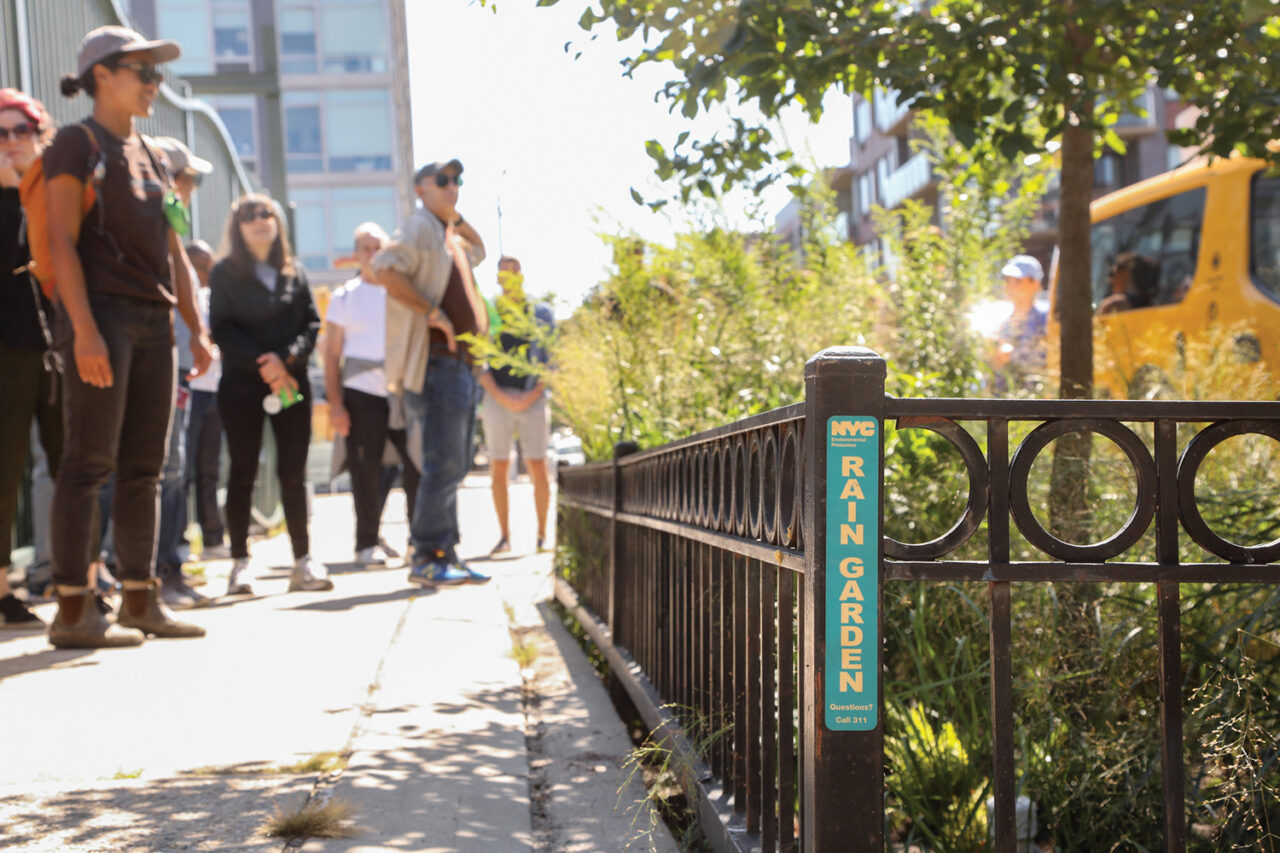
It’s not hard to surmise where these budget cuts might be felt most acutely. Urban trees grow along the same lines of racial and class divides that de ne the built and designed urban environment in nearly all ways. In several boroughs, lower canopy cover is associated with the legacy of racially restrictive redlining, and communities of color average one-third less tree canopy than white neighborhoods. The trees that do exist in low-income Black and Brown neighborhoods are less likely to be maintained and replaced if they die. Victoria Sanders, a research analyst with the NYC Environmental Justice Alliance, speculates that it might be “because people who are wealthier have more time to call 311 a million times to get them to pay attention, and people in lower income communities might not speak the language or know about these resources.” However, trees can be a harbinger of gentrification and displacement, and simply adding them where they’re absent isn’t sufficient. In New York City, street tree planting has been correlated with increased housing values and the presence of white people.

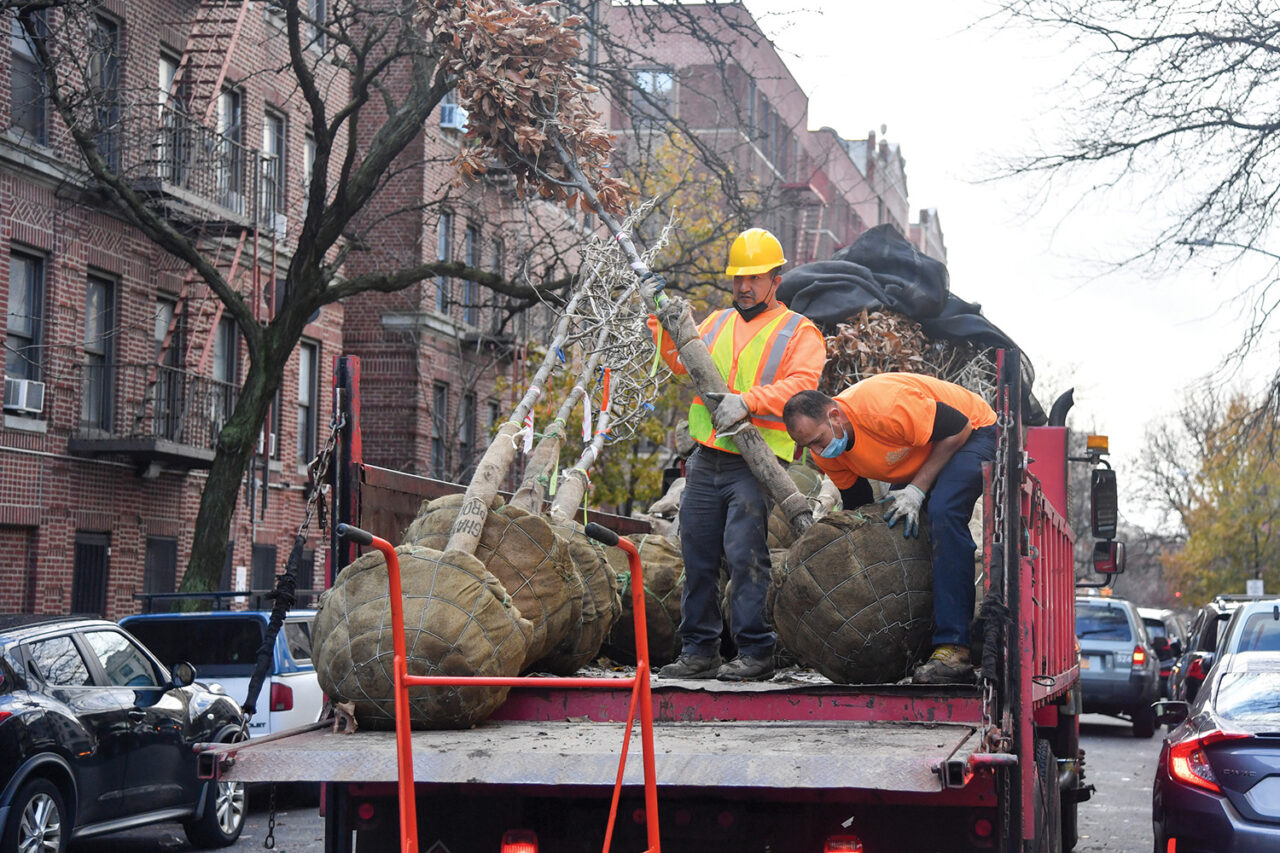
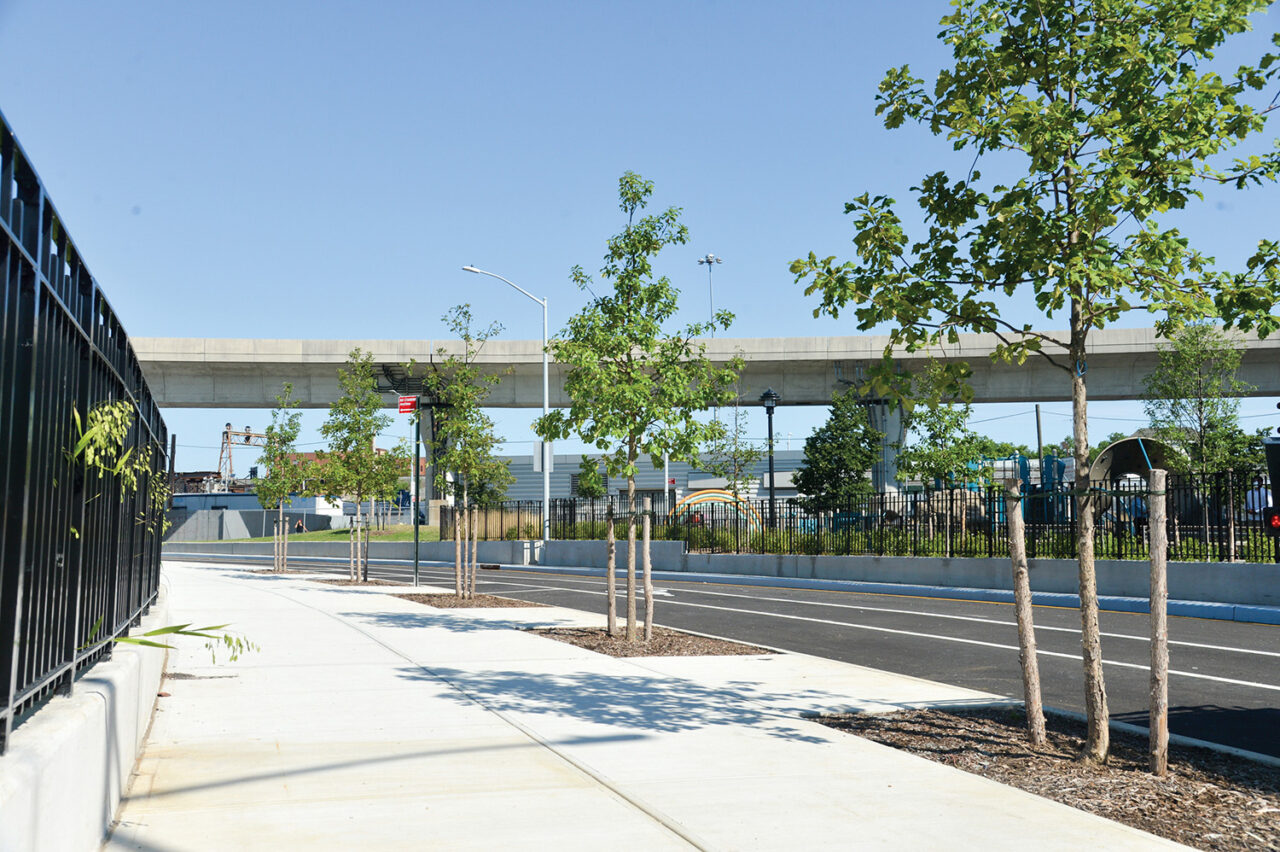
“The challenge is actually how to implement solutions like tree planting in ways that don’t cause displacement,” says Timon McPhearson, an urban ecology professor at The New School. “What we need to do is couple housing policies—like rent controls and affordable housing investments—with neighborhood greening, including new tree planting, so we can ensure that people can stay in their homes while improving a neighborhood from an environmental perspective. This is a fundamental right of making the city livable for New Yorkers.” Green jobs focused on tree maintenance is another policy outcome that’s required for a thriving urban canopy. “If you don’t have people to maintain a richer landscape, you’re not going to let a landscape architect design it,” says Starr.
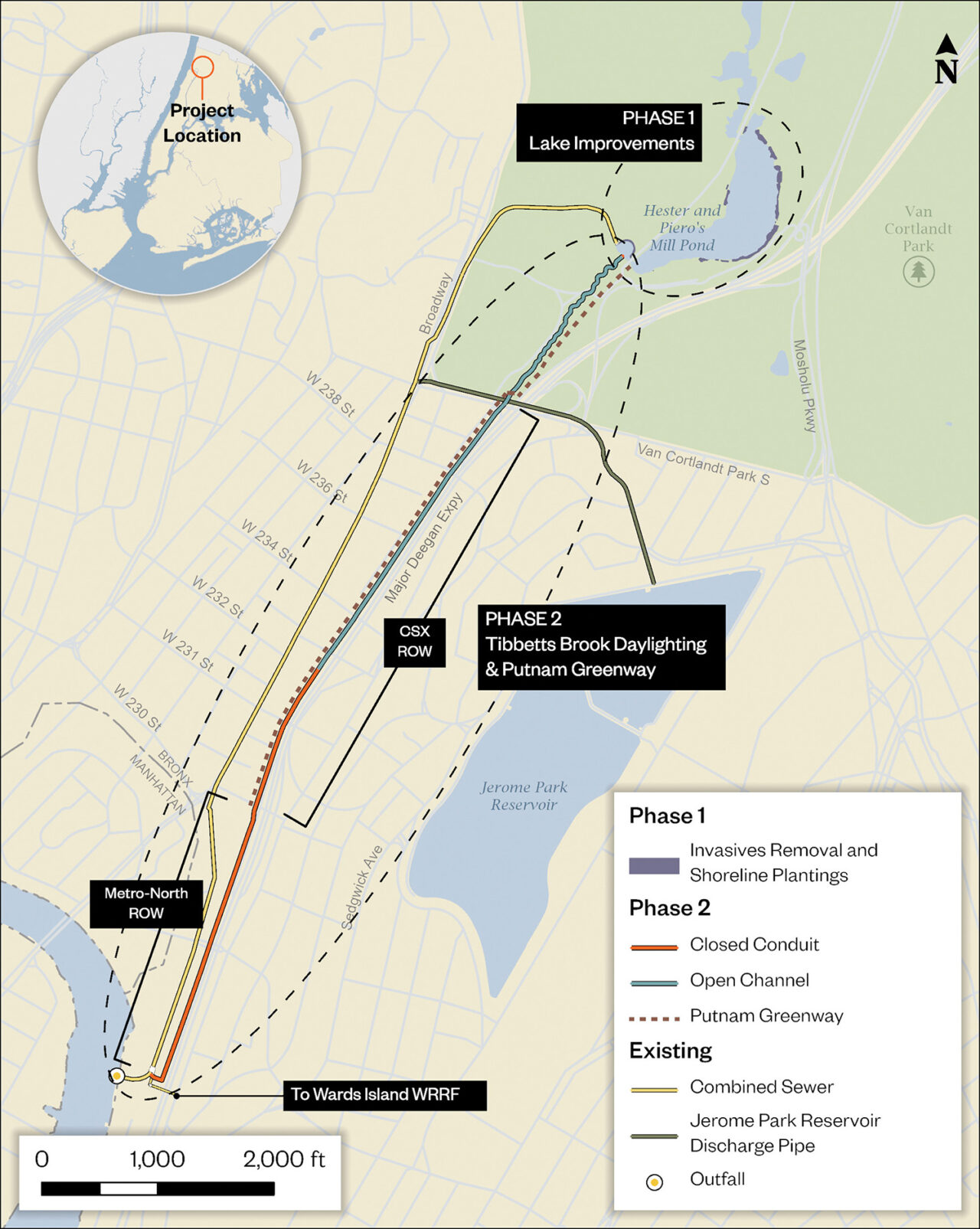
“We need to foster a workforce that can actually do things like pruning, watering, and mulching,” says Wittwer-Laird. “If we had people to maintain the landscape, it would create a green revolution.” Wittwer-Laird has been working on a modest green evolution in the Bronx since she was a student in the 1990s. Starr Whitehouse is now working at the southern end of Van Cortlandt Park to bring the long-buried Tibbetts Brook to the surface by reducing sewage overflows into the Harlem River with green infrastructure and carefully selected trees. A joint project with NYC Parks and the Department of Environmental Protection, the project encapsulates many of her ideas about equity and progressive tree planting in an urban context.
During intense rainstorms, stormwater from the buried brook mixes with sewage and is dumped into the river. Starr Whitehouse’s plan (with engineering firm Hazen and Sawyer, which is the prime consultant) creates a narrow greenway trailing south from the park along an abandoned rail corridor and the Major Deegan Expressway. By unearthing the stream, 2.1 billion gallons of water per year will be diverted from the sewer, lessening the risk of combined sewer overflows. Additionally, wetland plantings and trees will allow water to in filtrate the ground and slow its flow. It’s a pool-cue narrow site, 25 feet at its narrowest, tucking in an elevated walkway and the stream next to the expressway. “The space that’s left is for trees,” says Wittwer-Laird, and that’s not much. That calls for trees with thin, 15-to-20-foot-wide canopies, like swamp white oak and sweet gum.
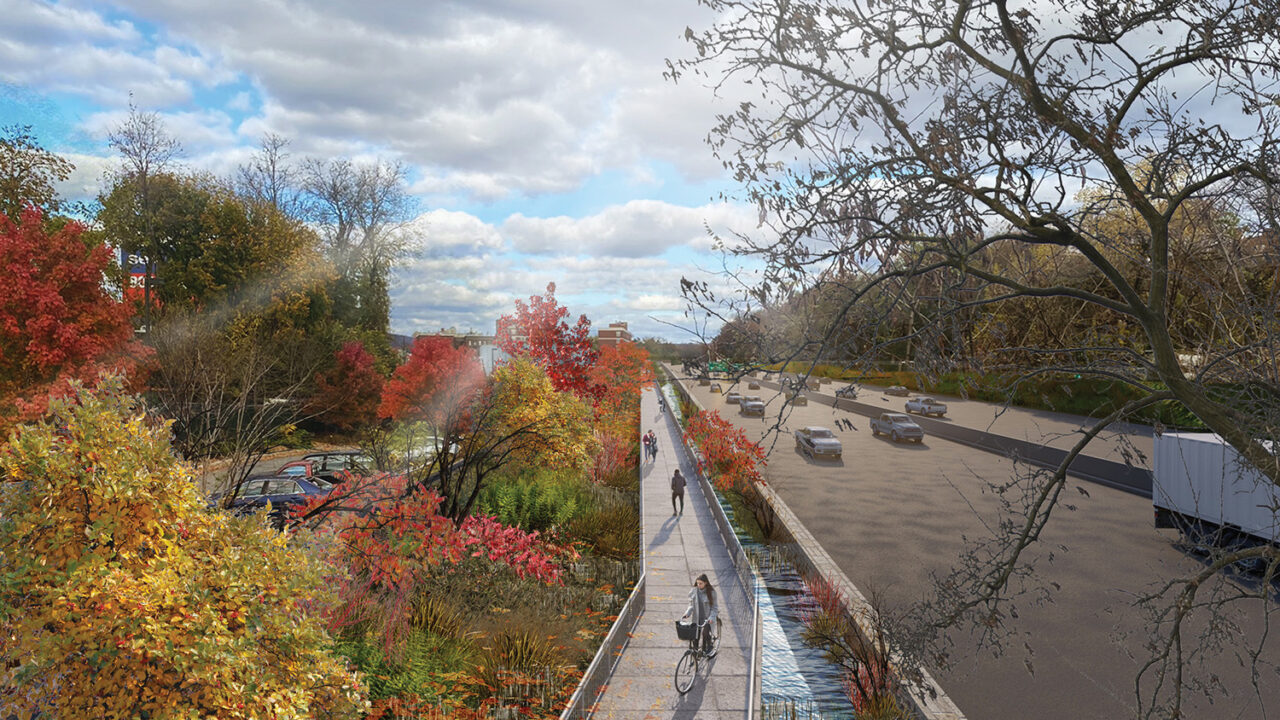
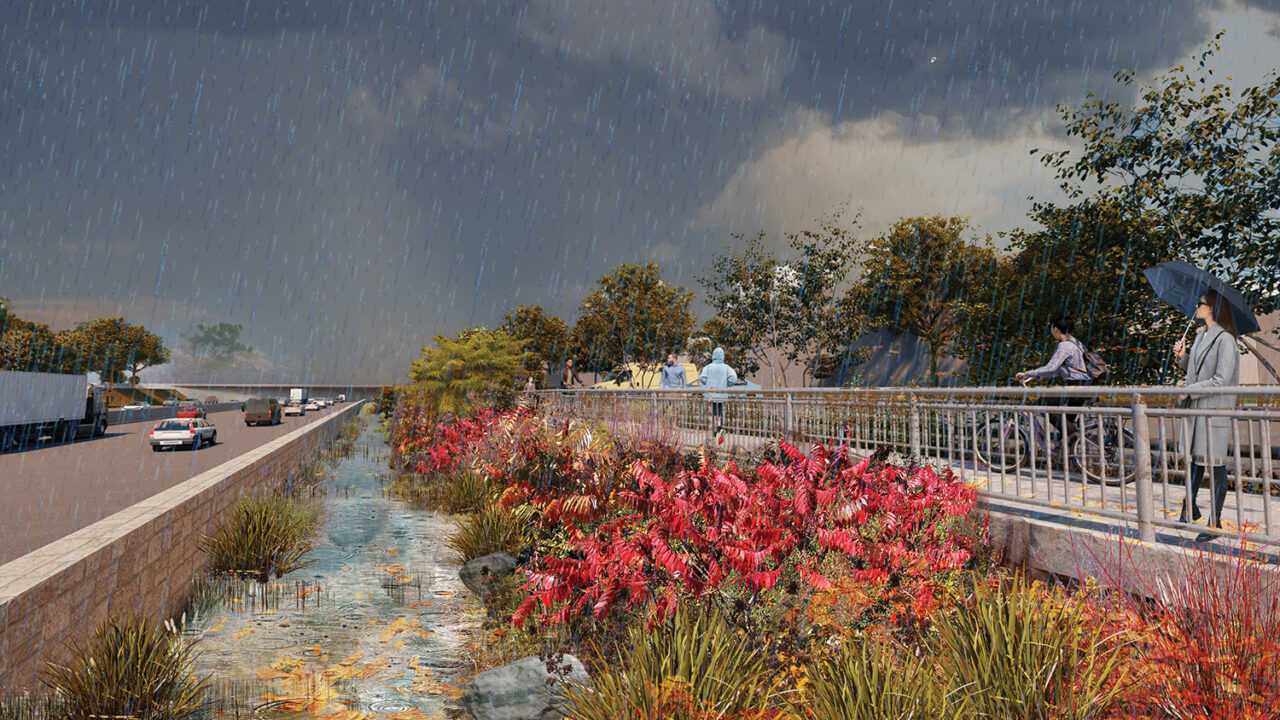
Construction should begin in the next several years. These trees “will provide a green buffer between adjacent high walls and the stream corridor, native oaks will provide acorns for wildlife, and the presence of the trees will provide a cooling effect on the exposed corridor adjacent to the Major Deegan,” says Wittwer-Laird. It’s a compelling synthesis of green and gray infrastructure that will have to become the rule instead of the exception. “This dichotomy of ‘urban versus nature’ is something we want to break apart a little bit,” says Altman. “It doesn’t really exist. The city is part of nature.”
ZACH MORTICE (“Cultivating the Urban Forest”) is a Chicago-based design journalist and critic focusing on architecture and landscape architecture. His work examines the intersection of design and public policy.








